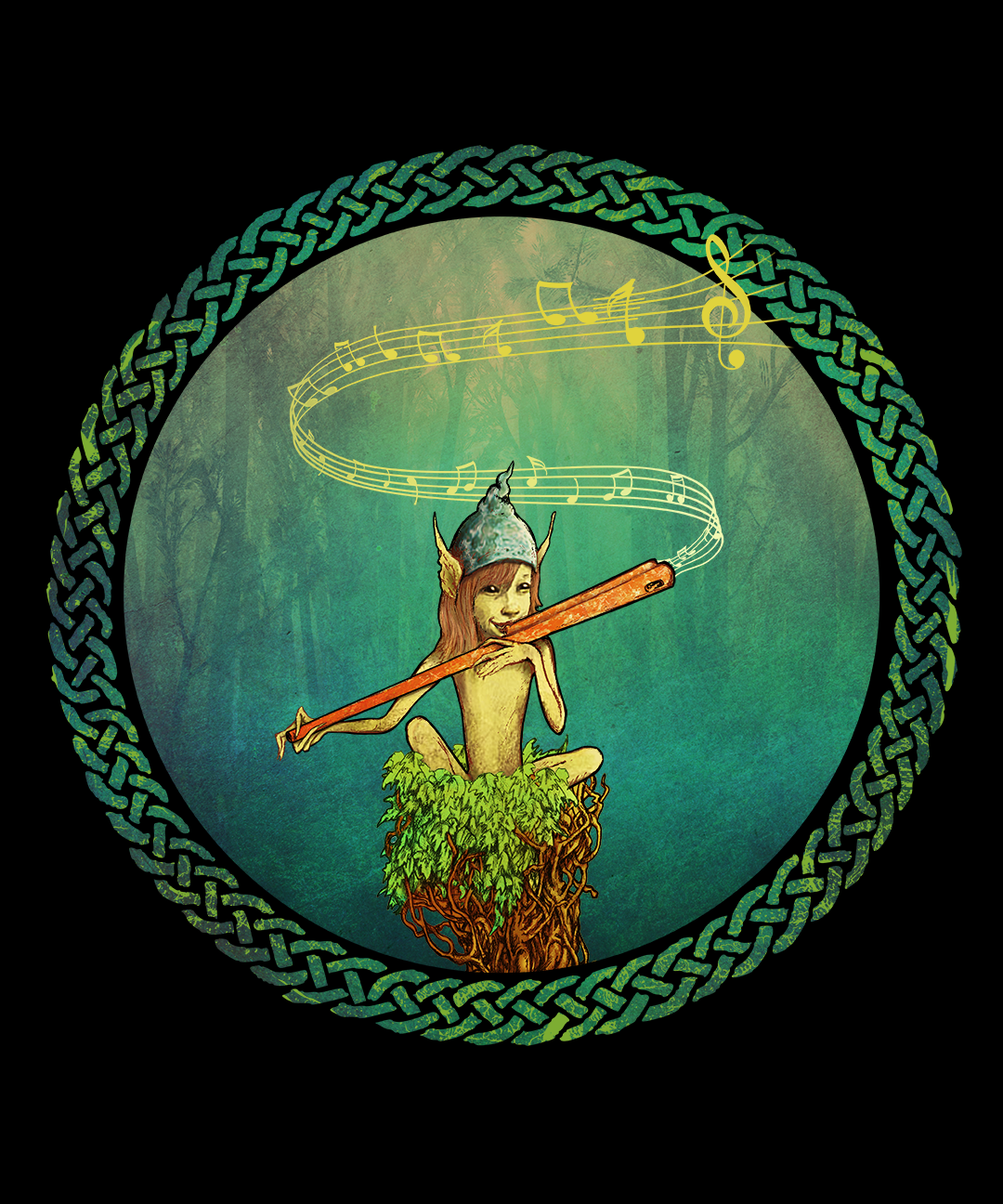Norwegian Wood
Merging standard music and holistic music therapy
What is the difference between music and music therapy? What is the connection of these two concepts? So what exactly does experimental music band Norwegian Wood do? We have to explain both concepts first.
Music and its intention
Holistic music therapy and standard music, although they are two different areas of human activity, have one common denominator and that is music production. However, the biggest difference is in the intention of the two productions. While an artistic musical production opens up emotional states and, like a movie or a play, has its plot, which guides the listener through the whole range of feelings from excitement and tension to disappointment or sadness to the final resolution and release. It offers a story that satisfies our need for contrast.
"When we want to feel happiness we have to experience the opposite at least for a while "
This is the reason why certain types of musical forms are so popular, which artificially create these states of tension and relaxation, which make us feel that we are enjoying life. In order to create these emotional effects, artists need a wide variety of tools that allow them to create complex melodies and harmonies, inducing different emotional states with only tiny minor changes in expression. In order for these instruments to be effectively used, the so-called evenly tempered tuning began to be used, which allows standard music to create an emotional roller coaster, created precisely by the great variability of tonal combinations that make this possible. However, the equal temperament (ET) tuning system compensates for this variability in that almost all intervals are slightly out of tune. To the human ear, this difference is tiny and we do not hear it on a conscious level, however, our body registers the discordant vibrations on an unconscious level and thus prevents the healing effect that music could have on the human body.
Holistic music therapy and its intention
Norwegian wood - experimental music
The Norwegian Wood experimental project combines both of these approaches in an unusual musical production that is based on natural tuning in the frequency 432, but uses elements of standard music to achieve certain emotional effects.
The members of the Norwegian Wood experimental group are musicians from different countries who have joined together on this project to open new horizons in the field of the effect of music on the human organism.
Band members are
Bjorn Magne Hansen (NO) – open-tuned guitar, vocals
Pluto Guthe (NO) – el. guitar
Ladislav Schneider (CZ) – cello, bass
Richard Jones (NZ) – djembe, shamanic drum and percussion
Lubomír Holzer (CZ) – shamanic drum


